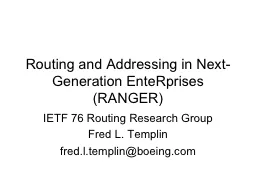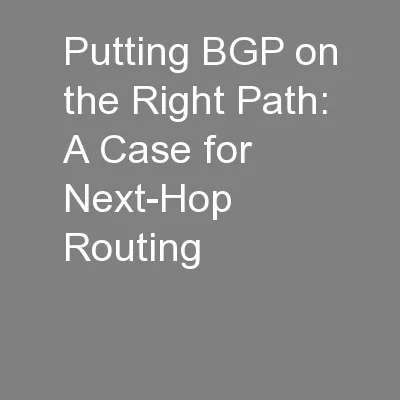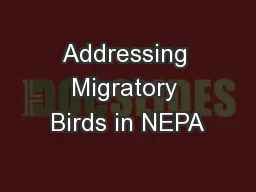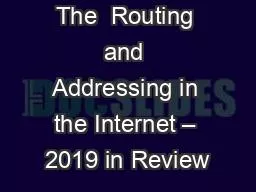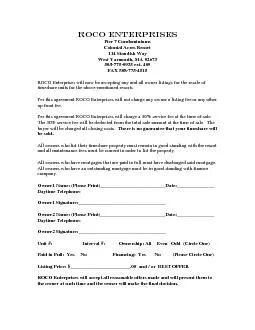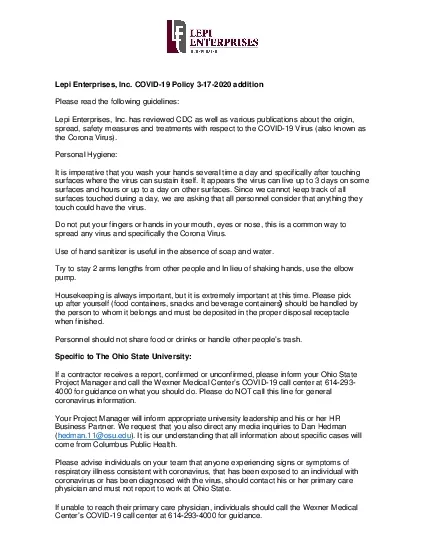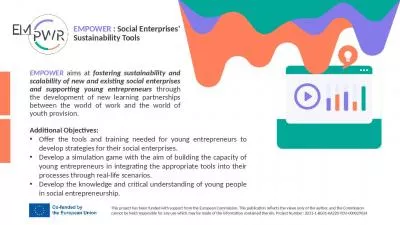PPT-Routing and Addressing in Next-Generation EnteRprises (RANG
Author : kittie-lecroy | Published Date : 2017-08-17
IETF 76 Routing Research Group Fred L Templin fredltemplinboeingcom RANGER Organizational Principles Recursivelynested connected local network regions joined by
Presentation Embed Code
Download Presentation
Download Presentation The PPT/PDF document "Routing and Addressing in Next-Generatio..." is the property of its rightful owner. Permission is granted to download and print the materials on this website for personal, non-commercial use only, and to display it on your personal computer provided you do not modify the materials and that you retain all copyright notices contained in the materials. By downloading content from our website, you accept the terms of this agreement.
Routing and Addressing in Next-Generation EnteRprises (RANG: Transcript
Download Rules Of Document
"Routing and Addressing in Next-Generation EnteRprises (RANG"The content belongs to its owner. You may download and print it for personal use, without modification, and keep all copyright notices. By downloading, you agree to these terms.
Related Documents

